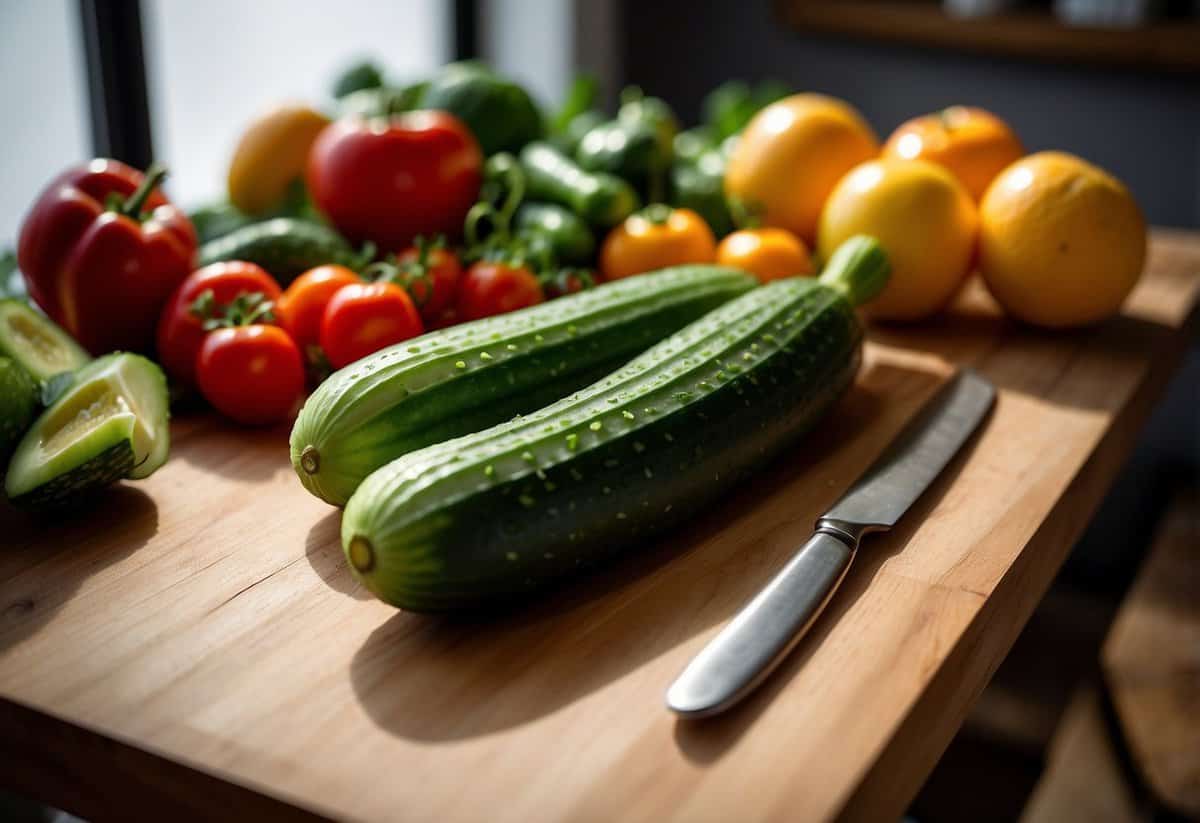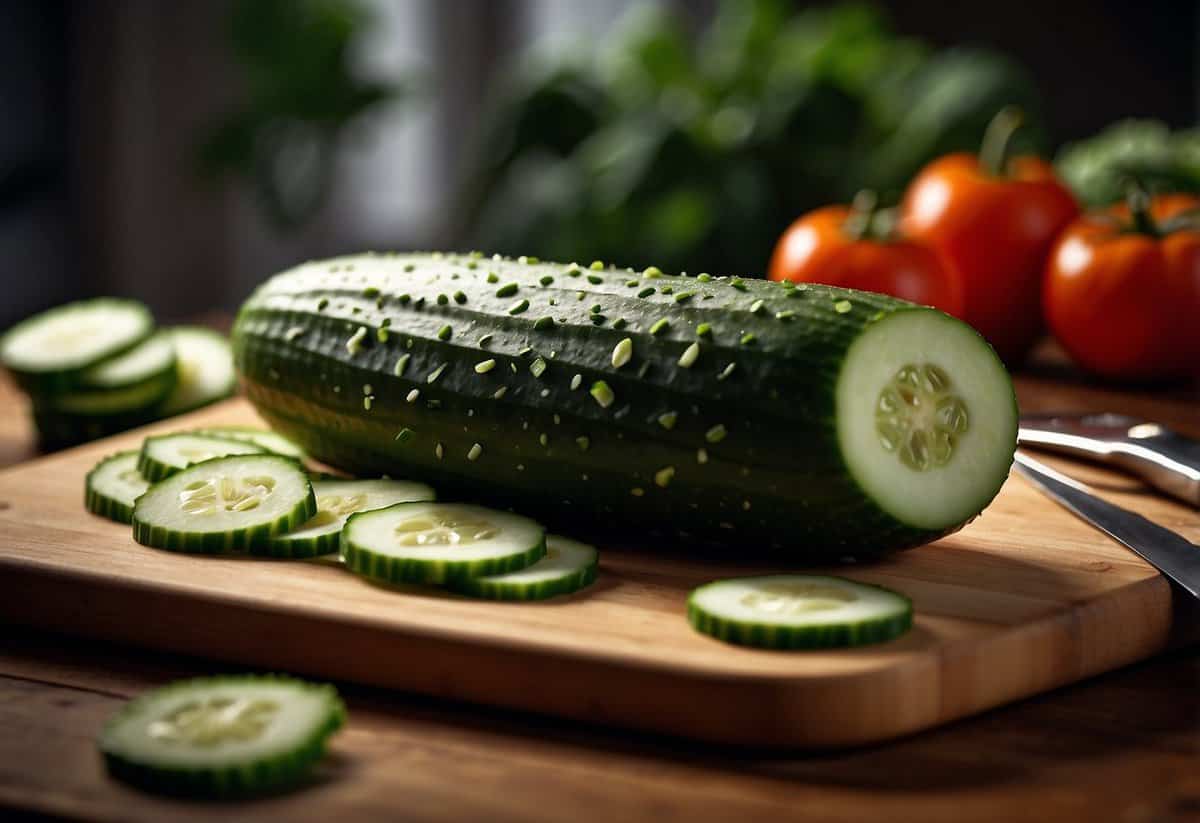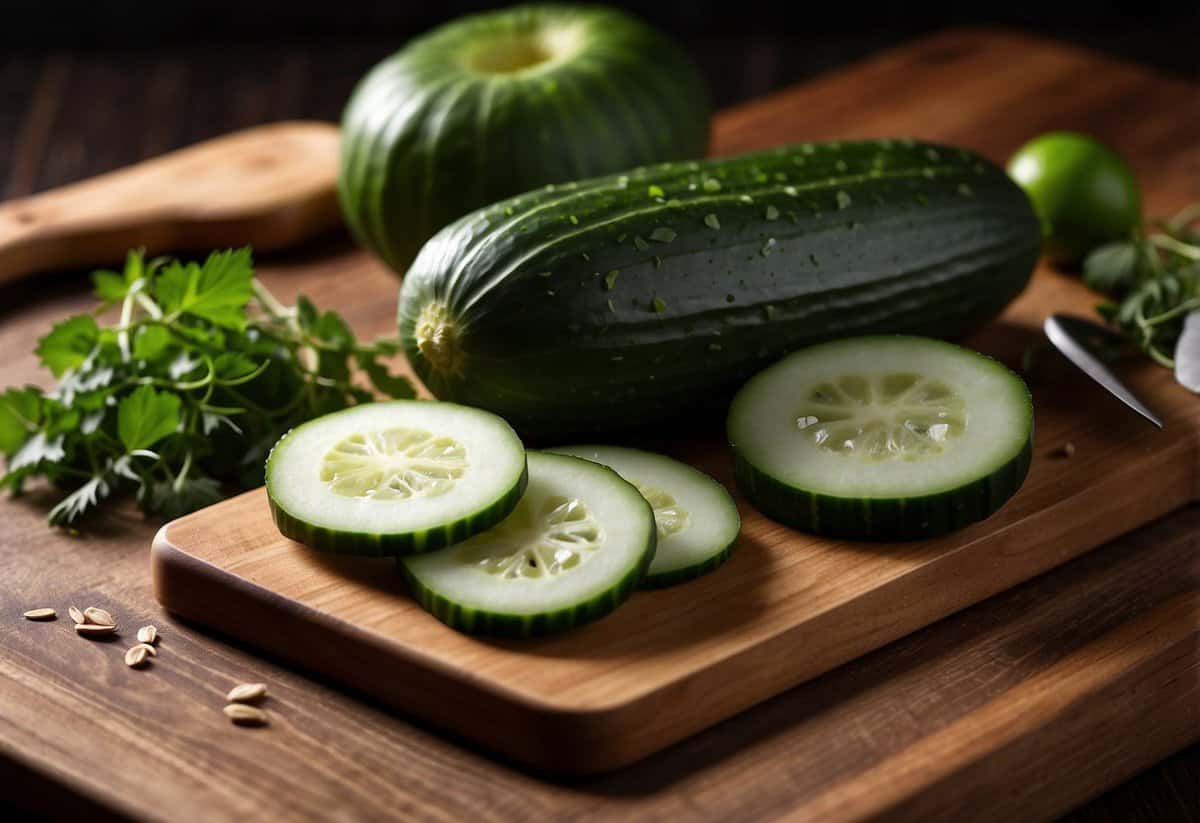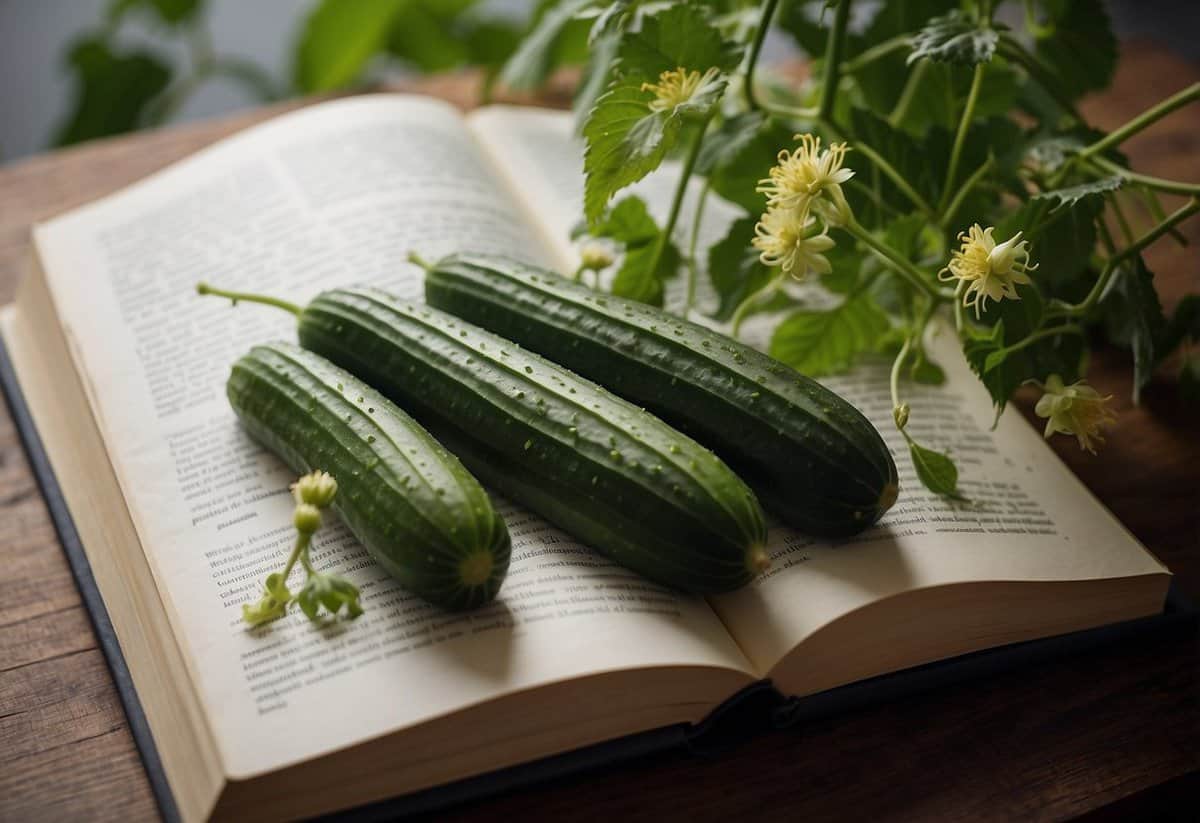Is Cucumber a Fruit or Vegetable? Unraveling the Mystery
Are you curious about whether cucumbers are fruits or vegetables? This common debate might surprise you, but the answer is quite straightforward. Cucumbers are actually fruits because they develop from the flowering part of plants and contain seeds.

But why, then, do so many people treat cucumbers as vegetables? In the culinary world, cucumbers are often used in salads and savory dishes, leading to their classification as vegetables. This dual identity makes cucumbers unique and versatile in your meals.
Understanding whether a cucumber is a fruit or vegetable not only satisfies your curiosity but may also change how you think about your daily diet. Dive deeper into this topic to see how it affects your health and recipes.
Cucumber Basics

Cucumbers can be confusing since they are treated differently in botanical terms and in cooking. Here, you’ll find out why cucumbers are both fruits and vegetables, and how they fit into your diet.
Botanical Perspective
From a botanical standpoint, cucumbers are fruits. They are part of the Cucurbitaceae family, which also includes pumpkins, zucchinis, and watermelons. One main reason cucumbers are classified as fruits is because they develop from the flower of the plant and contain seeds.
Understanding this classification can be interesting. In botany, a fruit is the part of the plant that comes from the fertilized ovary of a flower. Whenever you see seeds inside a plant product, it is likely a fruit. This is why cucumbers, with their numerous seeds, fit the scientific description of fruits.
Culinary Perspective
In the kitchen, cucumbers are usually considered vegetables. They are most commonly used in salads, sandwiches, and pickles. The savory nature of most cucumber dishes aligns with how we typically use vegetables. This culinary classification helps in meal planning and cooking.
Cucumbers add a refreshing crunch to a variety of dishes and are known for their hydrating properties. When you are preparing a savory dish, it’s second nature to reach for cucumbers as a vegetable. Despite the botanical facts, the culinary world has adopted cucumbers as vegetables due to how they complement other foods in taste and texture.
By understanding both the botanical and culinary perspectives, you can better appreciate the versatility of cucumbers in your diet.
Nutritional Profile

Cucumbers are packed with essential nutrients that support hydration and provide a variety of health benefits. They contain few calories and are rich in vitamins and minerals, making them a great addition to your diet.
Hydration and Water Content
Cucumbers are made up of about 95% water, making them highly effective at preventing dehydration. Eating cucumbers can help you stay hydrated, especially on hot days or after exercising. This high water content also means they are low in calories, with just 8 calories in a half-cup serving.
Because they are so hydrating, cucumbers can also promote healthy skin. Extra hydration helps keep your skin looking youthful and plump. Eating cucumbers regularly can contribute to your overall daily water intake, supporting various bodily functions.
Vitamins and Minerals
Cucumbers are a good source of several essential vitamins and minerals. They contain vitamins C and K, as well as potassium and magnesium. Vitamin C acts as an antioxidant, protecting your cells from damage, while vitamin K plays a crucial role in bone health and blood clotting.
Potassium in cucumbers helps manage blood pressure by balancing out sodium levels in your body. Additionally, cucumbers provide small amounts of fiber, which aids in digestion and keeps you feeling full. Including cucumbers in your diet can help you get these essential nutrients without adding many calories.
Culinary Uses and Preparation

Cucumbers are incredibly versatile in the kitchen. They are typically used in salads and savory dishes, and they are also popular for making pickles through fermentation. Each method highlights the cucumber’s light, refreshing flavor and its ability to pair well with various spices and ingredients.
In Salads and Savory Dishes
Cucumbers are a staple in many salads. Their crisp texture and mild taste make them the perfect addition to dishes like Greek salad, where they mingle with tomatoes, onions, olives, and feta cheese. Adding cucumbers to your salads not only enhances the flavor but also provides a refreshing crunch.
They are also great in sandwiches and wraps. Thinly sliced cucumbers add a burst of freshness to these dishes, complementing meats and cheeses well. You can even use them in salsas and other appetizers, blending them with herbs and spices for a zesty kick. Additionally, cucumbers can be spiralized to create noodles for a low-carb alternative in various recipes.
Pickles and Fermentation
Pickling cucumbers is a common practice in the culinary world, transforming them into tangy, crunchy pickles. To create pickles, immerse cucumbers in a brine made from vinegar, water, salt, and spices. Common spices include dill, garlic, and mustard seeds, which enhance the overall flavor.
Fermentation is another way to pickle cucumbers. This process involves soaking them in a saltwater solution and allowing natural bacteria to ferment the sugars in the cucumbers, resulting in a sour but flavorful treat. Pickles are often used in burgers, sandwiches, and as side dishes, offering a tangy contrast that enhances the taste of savory dishes.
Cucumber Varieties and Characteristics

Cucumbers come in different types, each with unique features. These varieties can impact both their culinary uses and their appearance.
Slicing vs Pickling Cucumbers
Slicing cucumbers are typically larger and have a thick, dark green skin. They are often eaten fresh and used in salads or sandwiches. Their flesh is crisp and mildly sweet.
Pickling cucumbers are shorter, more rugged, and have bumpier skin. They are used primarily for making pickles. They have thinner skin and a crunchier texture, which helps them absorb pickling brine better.
Both types can be enjoyed in various dishes, but their specific characteristics make them suitable for different culinary uses.
Size, Color, and Texture
Cucumbers can vary in size, ranging from small pickling cucumbers to longer slicing types. They can be as short as a few inches or grow up to two feet, like the Chinese Snake variety.
The color of cucumbers also differs. Most are green, but some varieties can be yellow or even white. The skin can be smooth like slicing cucumbers or bumpy like pickling cucumbers.
In terms of texture, slicing cucumbers have tender skin and juicy flesh, while pickling cucumbers have rougher skin and are crunchier. Seedless types like Persian cucumbers are known for their smooth texture and small seeds.
Understanding these characteristics helps you choose the right cucumber for your needs.
Botany and Classification

Cucumbers are part of the gourd family known as Cucurbitaceae. They are considered fruits from a botanical standpoint since they develop from the plant’s flower and carry seeds. Their classification sheds light on their close relationship with other plants like melons and pumpkins.
Family and Related Plants
Cucumbers belong to the Cucurbitaceae family, also known as the gourd family. This family includes a variety of flowering plants like melons, squash, and pumpkins. The common trait they share is that they grow on vines and usually have a high water content, making them refreshing and hydrating.
Botanically, cucumbers are classified as fruits. This is because they develop from the flower of the cucumber plant and contain seeds inside. This characteristic is a key factor in defining a fruit. So when you eat a cucumber, you are eating the fruit of the plant. For more details, you can check the classification on Healthline.
Understanding this classification can help you better appreciate the nutritional and botanical aspects of cucumbers. They are part of a large family of plants that provide essential nutrients and hydration.







